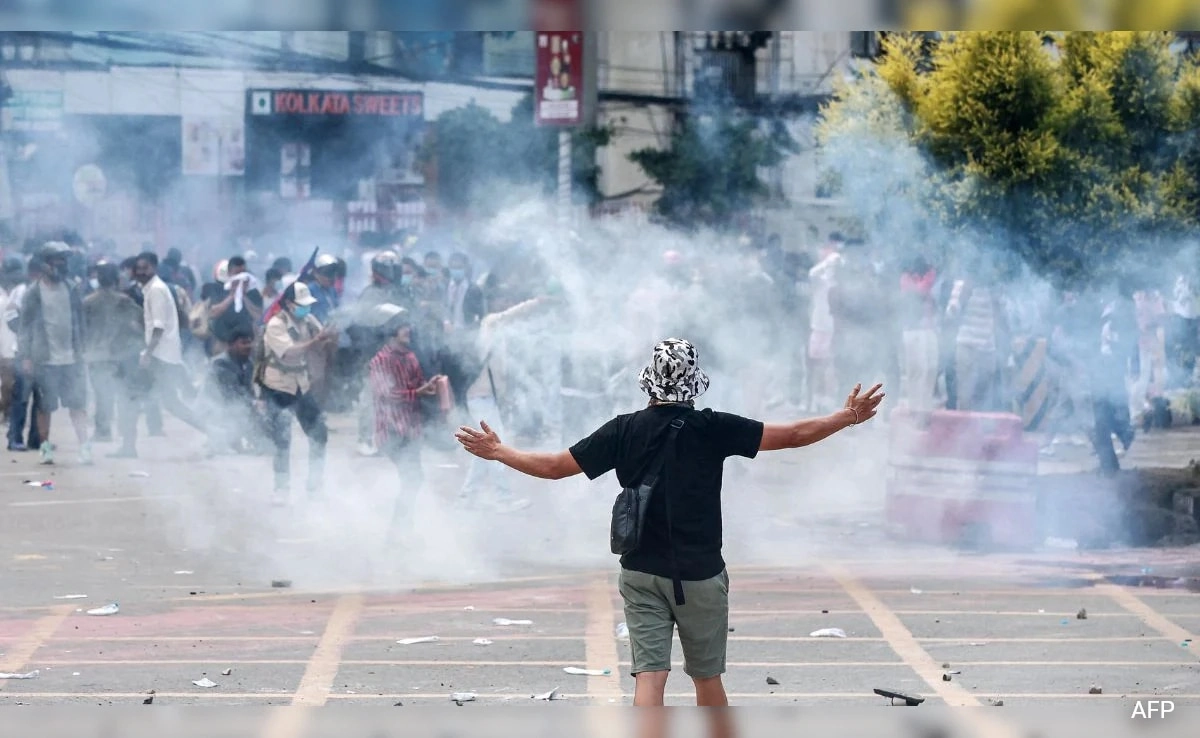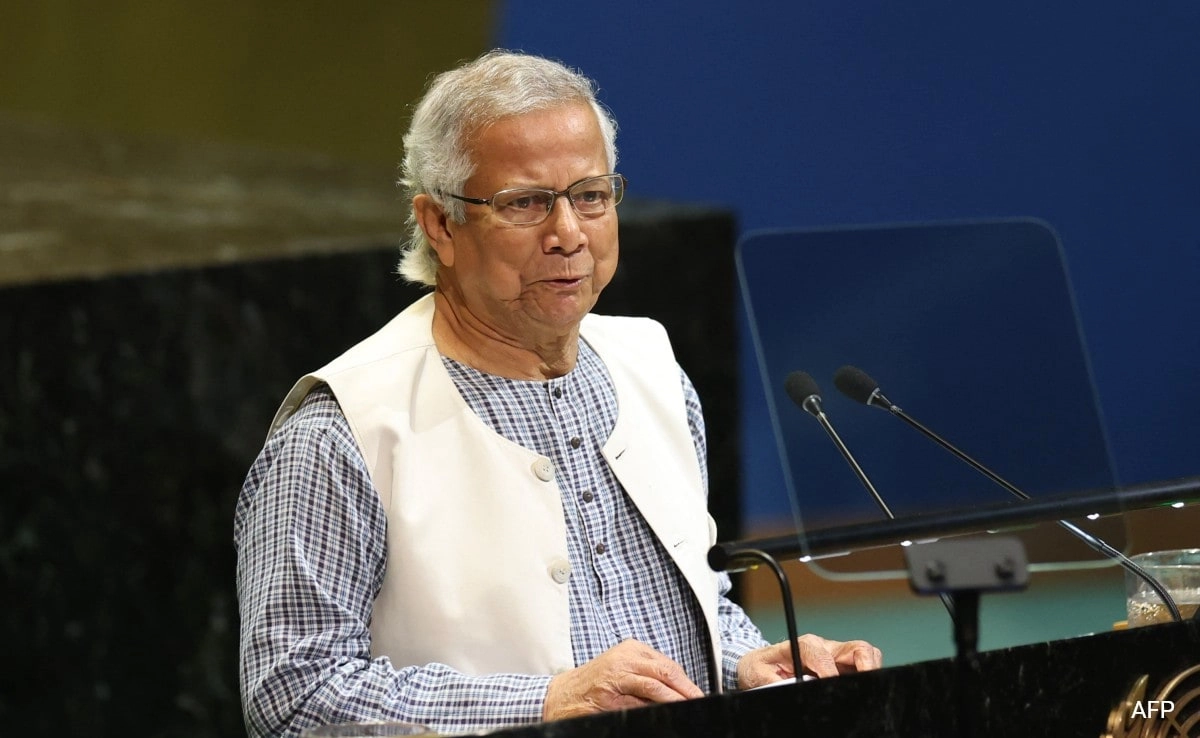Nepal has recently witnessed a significant decline in its tourism sector, with a staggering 30% drop in arrivals attributed to ongoing protests and civil unrest. The protests, fueled by various political and social issues, have created an atmosphere of uncertainty and fear, dissuading potential visitors from exploring the country’s rich cultural heritage and natural beauty. As one of Nepal’s major economic drivers, tourism plays a crucial role in supporting local communities and providing jobs. The current situation not only threatens the livelihoods of those reliant on the tourism industry but also tarnishes Nepal’s international reputation as a safe and welcoming destination.
The impact of the protests extends beyond immediate tourism figures. Many travelers who had planned to visit Nepal have either canceled their trips or postponed them indefinitely, leading to a ripple effect on related sectors such as hospitality, transportation, and retail. Hotels, restaurants, and tour operators are feeling the pinch, struggling to stay afloat amid declining revenues. This downturn in business is particularly devastating for local communities that depend on tourism for economic stability. The once-bustling streets of popular tourist destinations are now eerily quiet, with local vendors and artisans facing the harsh reality of dwindling sales and foot traffic.
Moreover, the ongoing unrest poses a challenge for the government and tourism stakeholders who are working tirelessly to restore peace and stability. Efforts to promote Nepal as a safe travel destination have been hampered by negative media coverage, which often highlights the protests rather than the country’s stunning landscapes and vibrant culture. To counteract this, tourism authorities and local businesses are urged to enhance their marketing strategies, focusing on the unique experiences that Nepal has to offer while assuring potential visitors of their safety. As the situation evolves, there is a pressing need for collaboration between the government, the tourism sector, and local communities to navigate these turbulent times and revive Nepal’s appeal as a must-visit destination for travelers around the world.
In conclusion, the current protests in Nepal underscore the delicate balance between political expression and economic stability. The tourism sector’s resilience will be tested as it grapples with the fallout from these events. However, with strategic planning, effective communication, and a commitment to restoring peace, there is hope that Nepal can rebound from this crisis, reigniting interest in its breathtaking landscapes and rich cultural offerings. The road to recovery may be long, but the potential for tourism to thrive in Nepal remains, provided that stakeholders work together to address the challenges ahead.




